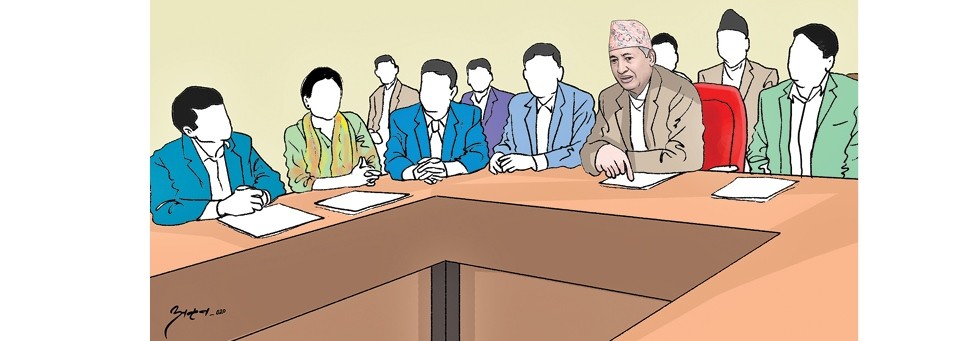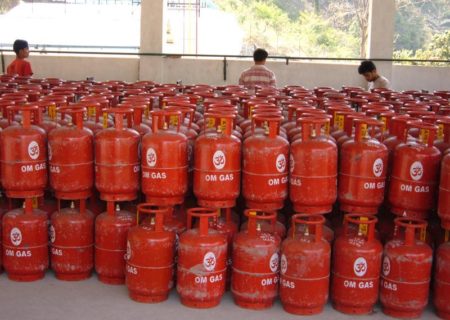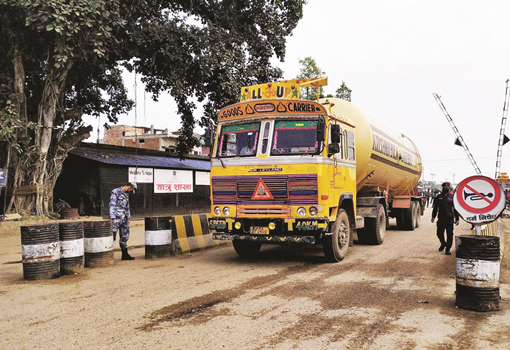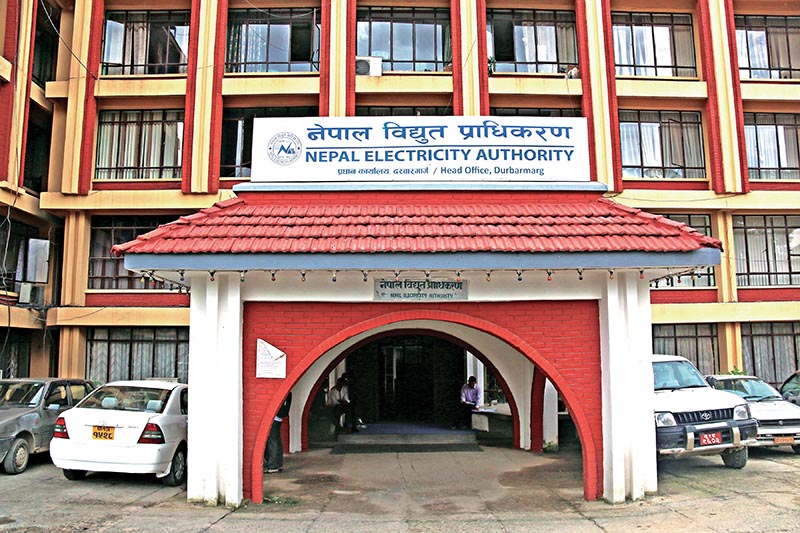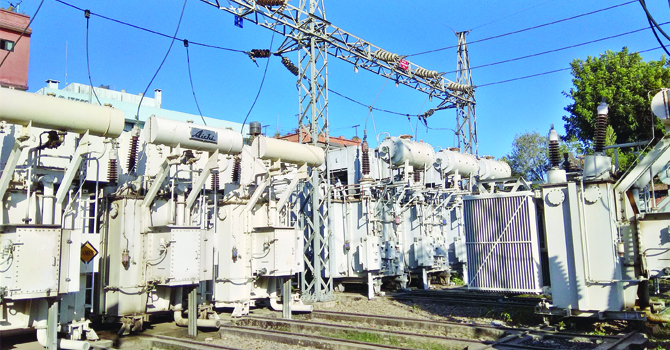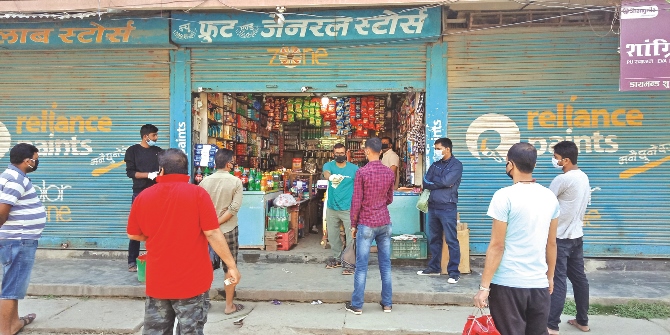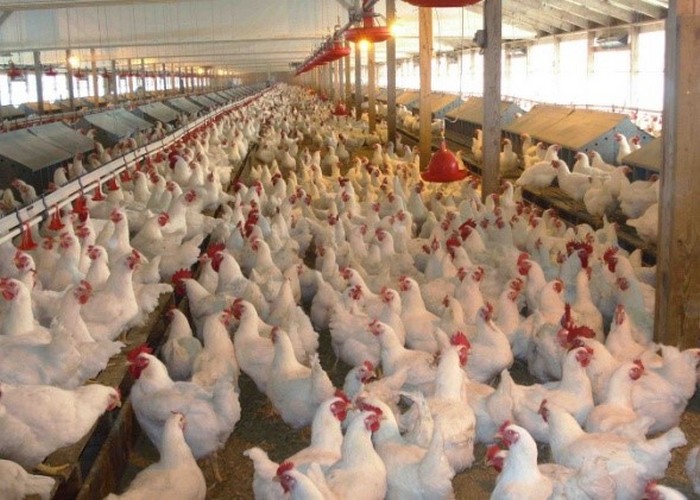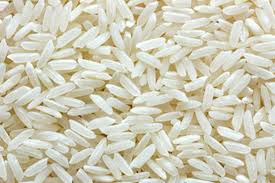Fertiliser supply improves
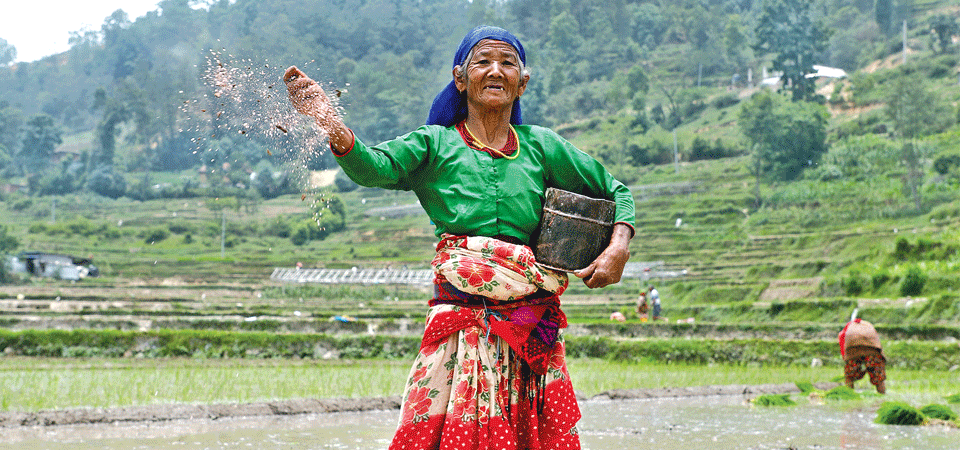
By Laxman Kafle
Kathmandu, June 13: Lack of fertiliser during the paddy plantation season has been a recurrent problem in Nepal. Every year, the farmers face ordeals of fertiliser shortage.
However, this year, the authorities have claimed that there would be no shortage of chemical fertiliser at least during the plantation season. They said they would manage to cater at least half of the demand to each farmer.
“We will provide fertiliser to the farmers. They will not face dearth of fertiliser this year like in the past years as the government has made arrangement for it,” said Dr. Yogendra Kumar Karki, Ministry of Agriculture and Livestock Development secretary.
Paddy plantation season has already begun in some parts of the country. Fearing shortage of fertiliser, farmers have been queuing in front of cooperatives and dealers to buy it.
Karki said that there was enough stock of fertiliser in warehouses and every effort was being made to ensure its timely delivery to the farmers even amid the COVID-19 pandemic.
He urged the farmers to be sure about availability of the fertiliser.
88,600 tonnes fertiliser in stock
According to the ministry, 88,600 tonnes of fertiliser, including 32,600 tonnes of urea, 49,500 tonnes of DAP and 6,500 tonnes of potash is now in stock with the Salt Trading Corporation (STC) and Agriculture Inputs Company Limited (AICL).
Besides, the process to bring around 49,500 tonnes of urea, including 19,500 bought from Bangladesh by the AICL, has already begun and it will arrive in Nepal by mid-July, according to the ministry. “By mid-July, we will have 82,100 tonnes of urea in stock,” said Karki.
Based on the distribution of fertiliser during paddy plantation season in the last three years, farmers need about 35,000 tonnes of urea and 62,000 tonnes DAP this season.
The STC has also begun the process of importing around 75,000 tonnes of fertiliser, including 50,000 tonnes of urea, targeting the wheat planting season, Karki informed.
The government had begun a process to purchase about 50,000
tonnes of urea from Bangladesh in government to government (G2G) modality almost a year ago when the country faced an acute shortage of fertiliser for paddy. In about a
year, only around 32,500 tonnes of that urea has arrived, suggesting that importing fertiliser is a time taking business.
Similarly, the government has opened a door for the fertiliser import through the northern border, realising that its import via India alone would not suffice. About 5,000 tonnes of fertiliser arrived in Nepal through that border and a process to bring additional 6,000 tonnes has begun.
The ministry has been preparing documents to sign an agreement with India to purchase fertiliser in government to government (G2G) modality in a bid to ensure its easy supply, secretary Karki said.
Supply only half of requirement
Karki admitted that the government was still unable to supply chemical fertiliser as per the national needs.
The government has been supplying only around 400,000 to 450,000 tonnes of fertiliser at a subsidised rate annually against the national requirement of 800,000 tonnes.
Ram Prasad Bolakhe, manager of Progressive Multipurpose Cooperative of Panchkhal Municipality-4, said that fertiliser supply this year had improved compared with the last year’s situation, but still was not on par with the demand.
“We have already brought some fertiliser and distributed to the farmers and we are in the process of bringing more,” he said.
Bolakhe said that even though they could not satisfy the farmers’ demand, they had been distributing at least one to two sacks of fertiliser to each farmer.
Low budget for fertiliser supply
Netra Bahadur Bhandari, AICL managing director, said that the present stock of fertiliser would be enough to meet the demand till mid-July and that he was not sure about the situation thereafter.
Had there not been open border with India, fertiliser shortage could have been more acute in Nepal, because many farmers in the Terai bring fertiliser from India. Bhandari said that AICL and the STC could import a maximum of 400,000 tonnes fertilsier from the budget of Rs. 11 billion allocated by government for the current fiscal year.
If the value of the US dollar continues to rise, less fertiliser could be bought from that amount. “The government has earmarked Rs. 12 billion for chemical fertilisers for the coming year. If the international price and the value of the dollar remain the same, the allotted amount will not suffice even to import 285,000 tonnes of fertiliser,” he said.
“The government never allocates budget targeting the required quantity of fertiliser. So, any price hike in the international market could result in the import of lesser amount of fertiliser from the allocated budget and farmers face the short supply,” said Kumar Rajbhandari, STC spokesperson.
He, however, said that there would not be an acute shortage of fertiliser this year like in the past as its present stock could be enough to meet the demand of paddy plantation season.
He also said that distribution of fertiliser had been affected due to prohibitory order as the cooperatives had been unable to collect it from the STC and the AICL.
Recent News

Do not make expressions casting dout on election: EC
14 Apr, 2022
CM Bhatta says may New Year 2079 BS inspire positive thinking
14 Apr, 2022
Three new cases, 44 recoveries in 24 hours
14 Apr, 2022
689 climbers of 84 teams so far acquire permits for climbing various peaks this spring season
14 Apr, 2022
How the rising cost of living crisis is impacting Nepal
14 Apr, 2022
US military confirms an interstellar meteor collided with Earth
14 Apr, 2022
Valneva Covid vaccine approved for use in UK
14 Apr, 2022
Chair Prachanda highlights need of unity among Maoist, Communist forces
14 Apr, 2022
Ranbir Kapoor and Alia Bhatt: Bollywood toasts star couple on wedding
14 Apr, 2022
President Bhandari confers decorations (Photo Feature)
14 Apr, 2022


